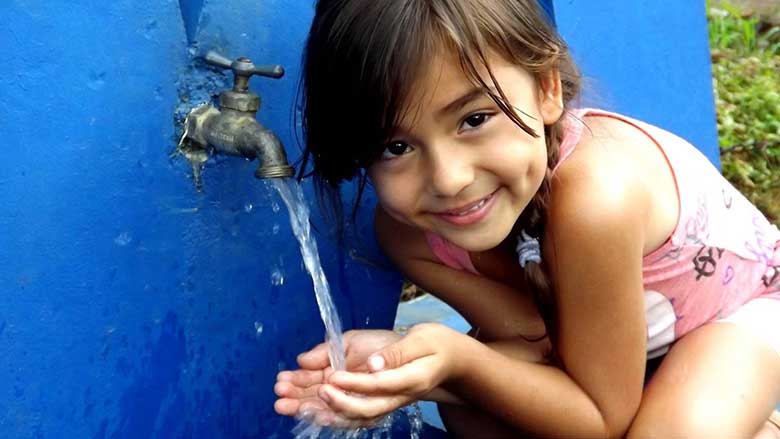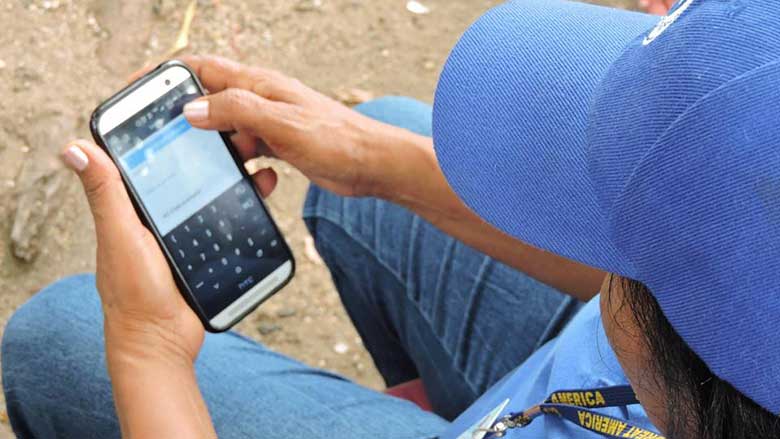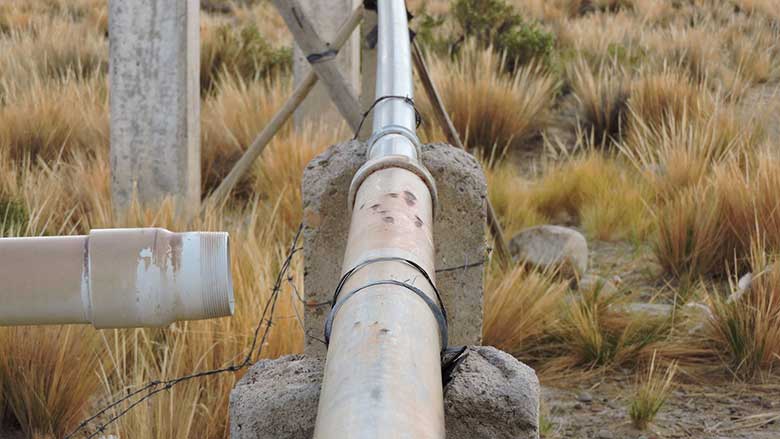Challenge
Improving access and sustainability of water supply and sanitation (WSS) services to the bottom 40 percent of the population in developing countries is essential to meeting the Sustainable Development Goals. WSS services lie at the root of many other development challenges, as they affect public health, education, income generating opportunities, and the environment. Today in Latin America and the Caribbean region, 21 million of the 33 million people without access to a source of improved drinking water live in rural areas. While several studies show that rural communities have limited capacity to operate and maintain the systems they receive, often resulting in the systems’ collapse, investments continue to focus on building infrastructure and to underestimate the need for continuous support and necessary reconstruction over time.
Approach
The World Bank program Consolidation, Expansion, and Improvement of the Rural Water and Sanitation Information System (SIASAR) supports countries in generating evidence regarding WSS access and sustainability and in developing a supportive institutional and operational environment that will enable sustainable provision of WSS services in rural areas. SIASAR has targeted over 22,000 rural communities across eight countries for strengthened WSS provision.
The objective of this initiative is to devise more informed policies and to improve sustainability and quality of service in Latin America’s rural water and sanitation sector. These goals are to be achieved by consolidating, improving, strengthening, and expanding the Rural Water and Sanitation Information System.
To this end, a Bank grant for SIASAR was designed and enacted (i) to assist countries in devising technical, conceptual, and implementation recommendations to make SIASAR more effective, based on a list of recommendations currently being agreed upon and prioritized among the participating countries; (ii) to provide the participating institutions (including regional institutions) with the capacity building needed to identify future funding opportunities and to initiate these recommendations at a later time; and (iii) to open the system to more countries, thus enhancing its credibility, viability, and usability.



